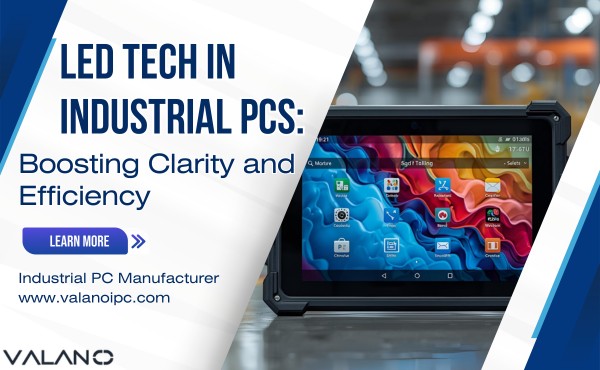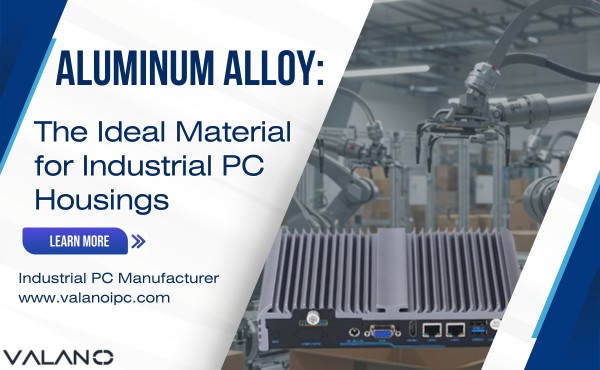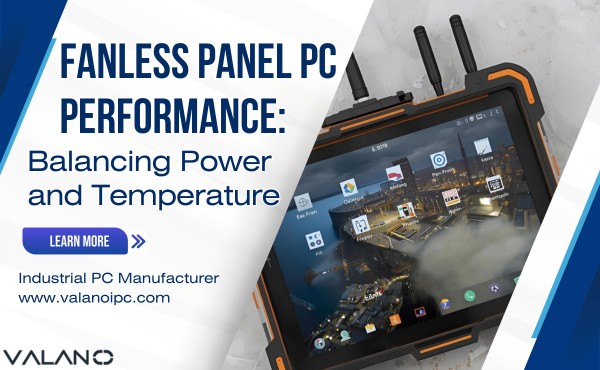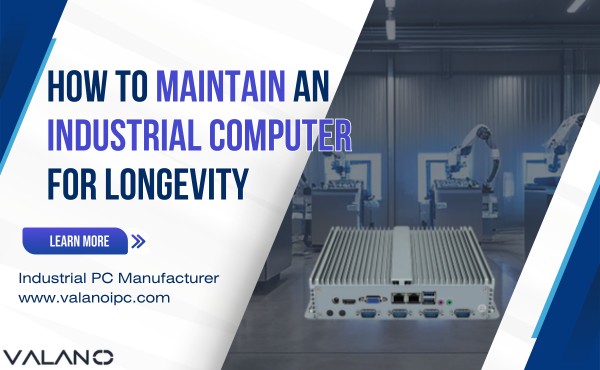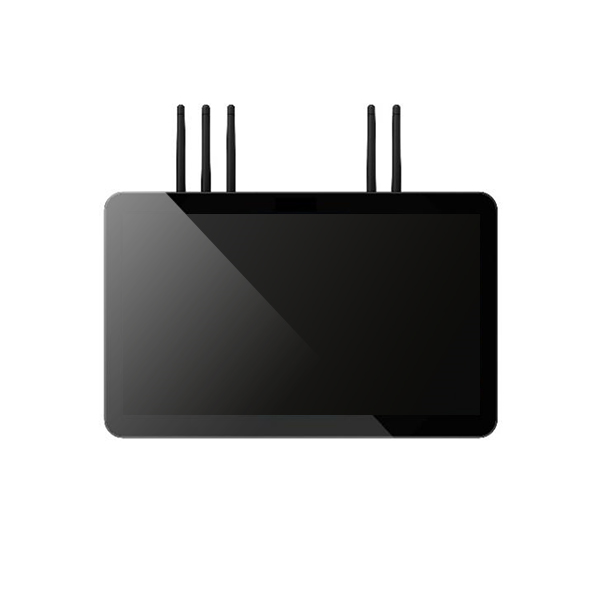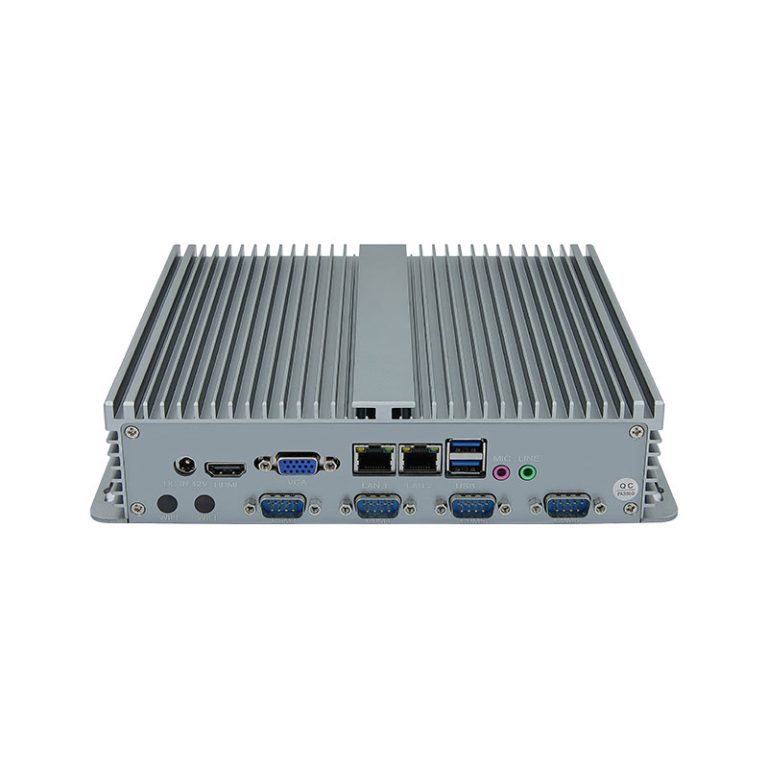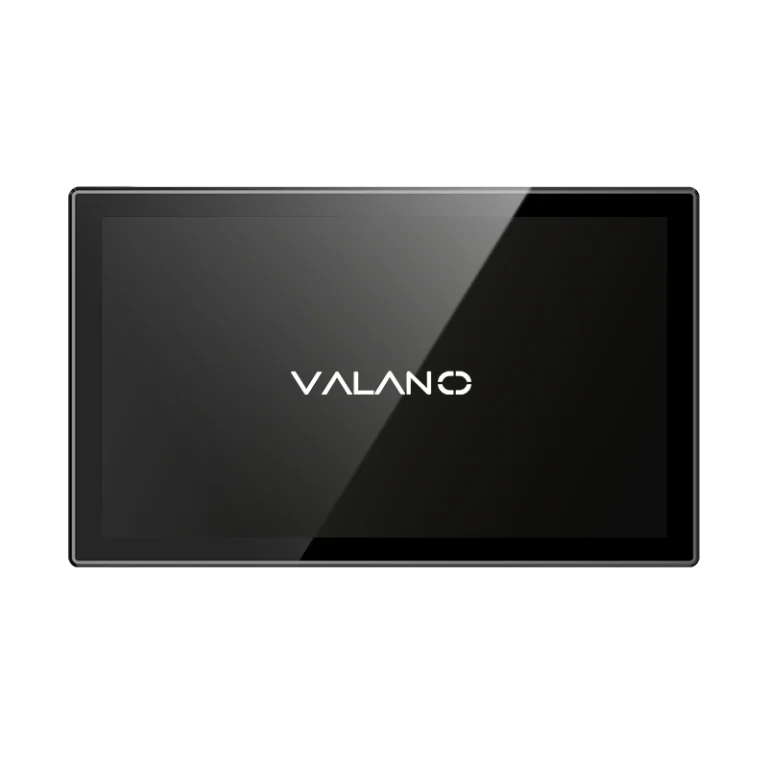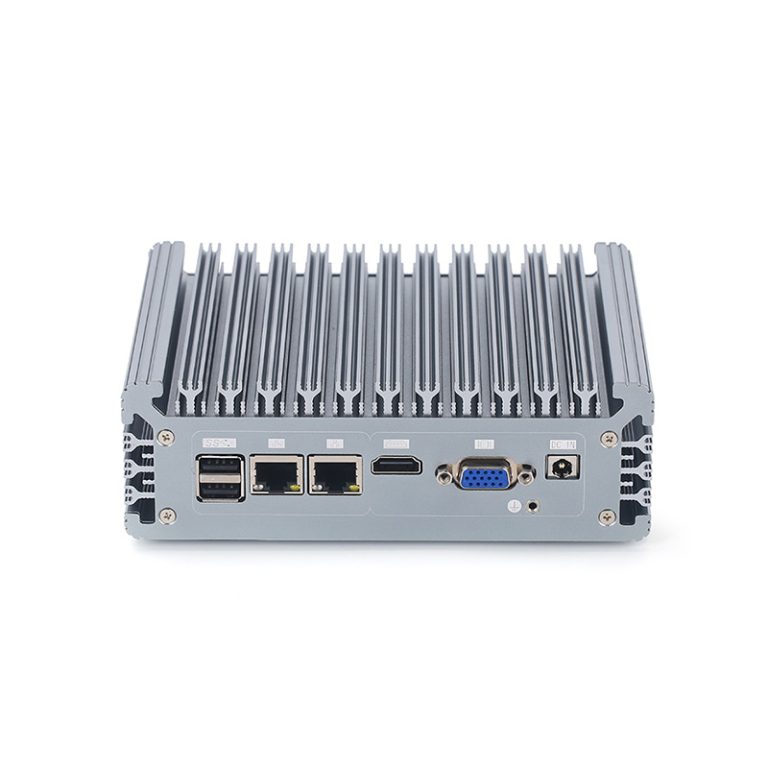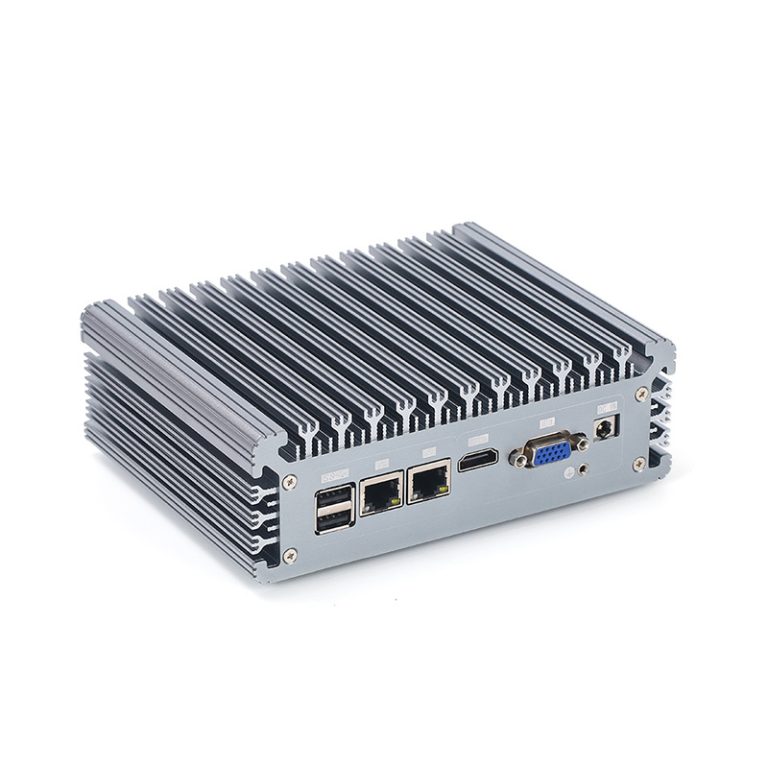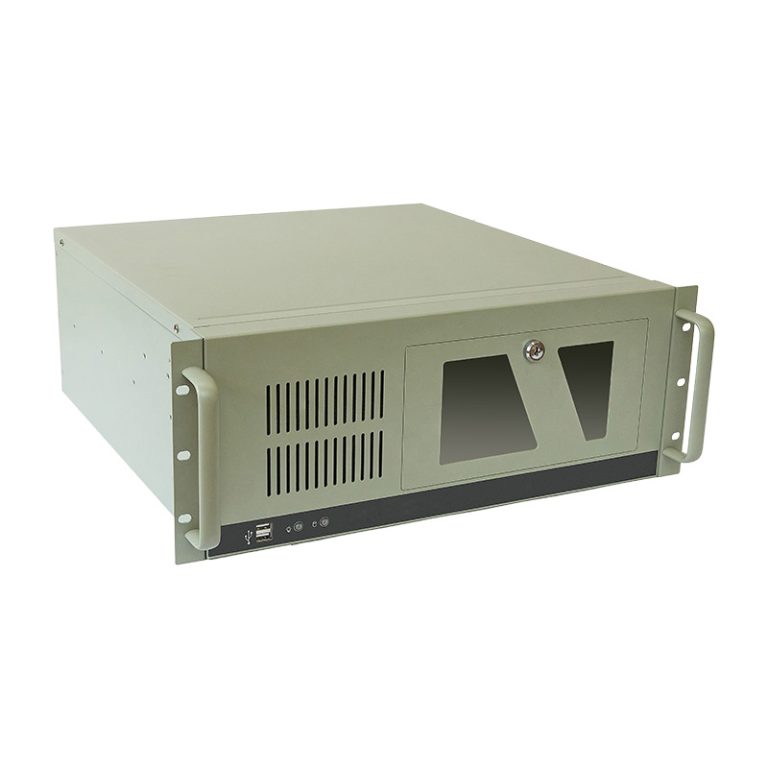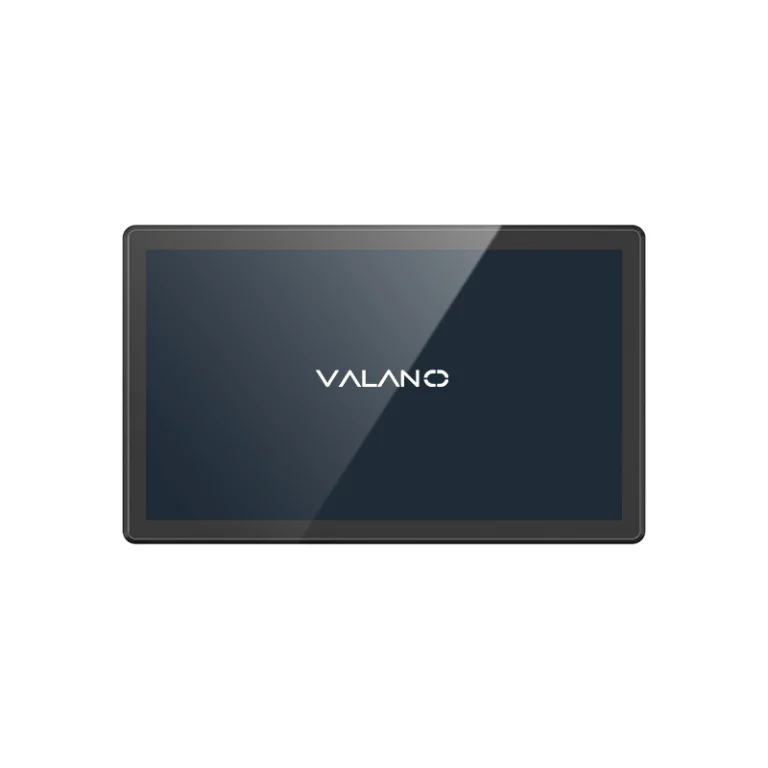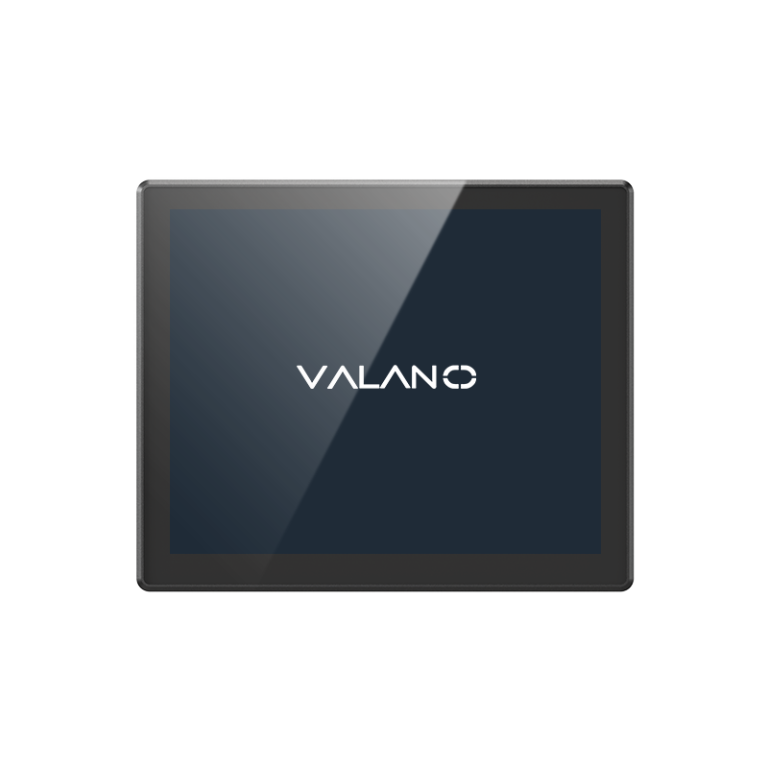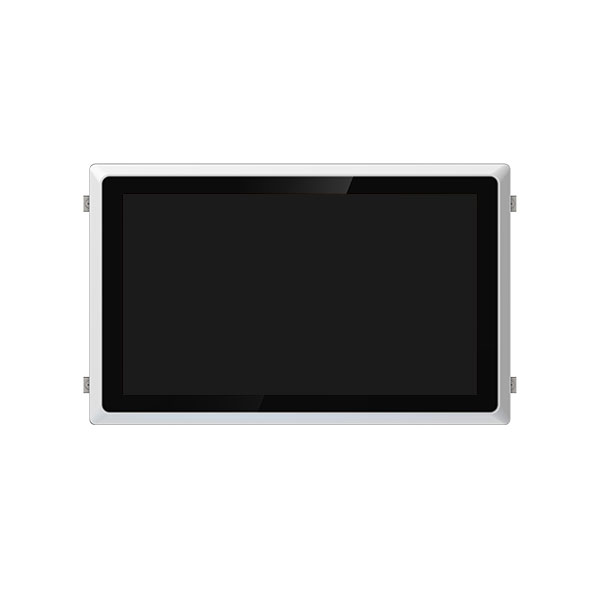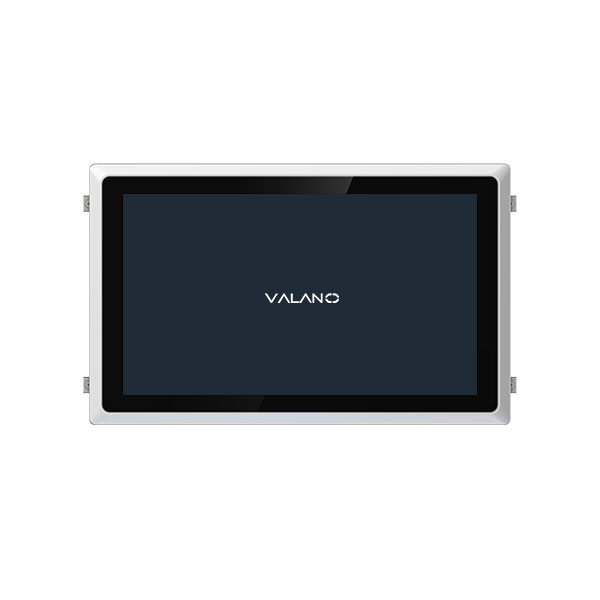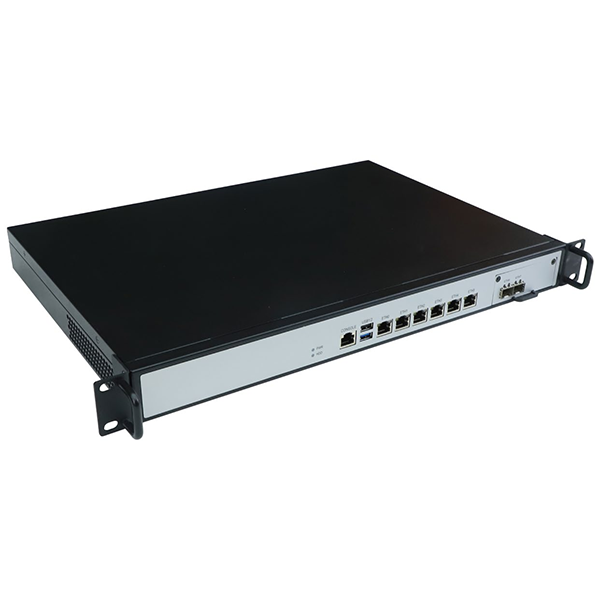Aluminum Alloy has become a preferred material for industrial and electronic enclosures due to its exceptional strength and thermal performance. Its lightweight yet durable properties not only enhance structural integrity but also improve heat dissipation, protecting sensitive components from overheating. Understanding how Aluminum Alloy optimizes both strength and cooling can help designers and engineers select the right enclosures for demanding applications, ensuring reliability and efficiency.
Aluminum Alloy Properties
Strength-to-Weight Ratio
Aluminum alloy offers a unique balance of strength and low weight. Engineers choose this material for enclosures because it provides lightweight and durability without sacrificing mechanical strength. Devices built with this alloy remain easy to transport and install.
Tip: A high strength-to-weight ratio means enclosures can protect sensitive electronics while keeping overall weight low.
Thermal Conductivity
Aluminum alloy conducts heat efficiently. This property helps enclosures dissipate heat from internal components. Good thermal conductivity reduces the risk of overheating and extends device life.
| Property | Benefit for Enclosures |
|---|---|
| Thermal Conductivity | Fast heat transfer |
| Strength | Reliable protection |
| Lightweight | Easy handling |
Corrosion Resistance
Aluminum alloy resists corrosion in many environments. This resistance protects enclosures from moisture and chemicals. Devices stay safe and functional even in harsh conditions.
Role of Magnesium in Alloys
Magnesium improves the mechanical properties of aluminum alloy. It increases strength and enhances cooling performance. Alloying elements like magnesium help manufacturers create enclosures that meet specific needs.
Note: Magnesium is one of several elements that boost the mechanical strength and thermal efficiency of aluminum alloy.
Cooling Performance
Heat Dissipation Mechanisms
Aluminum alloy supports efficient heat transfer from internal components to the enclosure surface. This process helps lower the temperature inside the enclosure. Effective heat dissipation protects sensitive electronics from damage.
Surface Treatments for Thermal Efficiency
Surface treatments can improve the thermal performance of enclosures. Anodizing increases the surface area and enhances heat transfer. Powder coating and black anodizing also raise the emissivity, which helps the enclosure release heat more quickly.
Tip: Surface treatments not only protect the enclosure but also boost its ability to cool devices.
Emissivity and Radiative Cooling
Emissivity measures how well a surface emits thermal energy. High-emissivity finishes, such as black anodizing, allow the enclosure to radiate heat away more efficiently. This process supports passive cooling and keeps internal temperatures stable.
| Surface Treatment | Emissivity Level | Cooling Benefit |
|---|---|---|
| Bare Aluminum | Low | Basic heat release |
| Anodized | Medium | Improved heat emission |
| Black Anodized | High | Maximum radiative cooling |
Aluminum Extrusion for Passive Cooling
Aluminum extrusion enables designers to create complex shapes that increase the cooling area. Fins, channels, and other features expand the surface exposed to air. This design approach allows more heat to escape without fans or active systems.
- Aluminum extrusion offers these advantages for passive cooling:
- Custom profiles maximize airflow.
- Larger surface area improves heat dissipation.
- Lightweight structures remain strong and easy to handle.
Engineers often select aluminum extrusion for enclosures in electronics and lighting. The flexibility of this process supports both function and appearance. By optimizing the cooling area, aluminum extrusion helps maintain safe operating temperatures.
Strength and Protection
Durability and Impact Resistance
Heat-treated aluminum alloys provide excellent strength for enclosures. These alloys resist dents and deformation when exposed to physical force. Devices protected by these materials show high durability in demanding environments.
Note: Engineers often select heat-treated aluminum alloys for enclosures that require both lightweight and strong impact resistance.
Environmental Protection
Aluminum alloy enclosures shield devices from moisture, dust, and chemicals. The alloy forms a protective oxide layer that prevents corrosion. Heat-treated aluminum alloys maintain their strength even when exposed to harsh weather or industrial conditions.
| Protection Feature | Benefit for Devices |
|---|---|
| Corrosion Resistance | Longer lifespan |
| Chemical Resistance | Safe operation |
| Weatherproofing | Reliable performance |
Heat-Treated Aluminum Alloys
Manufacturers use heat-treated aluminum alloys to increase the strength of enclosures. The heat treatment process changes the structure of the alloy, making it tougher and more resilient. These alloys combine high strength with low weight, which helps protect sensitive electronics.
Key benefits of heat-treated aluminum alloys:
- Enhanced strength for impact protection.
- Improved resistance to corrosion and chemicals.
- Stable performance in extreme temperatures.
- Lightweight design for easy handling.
Heat-treated aluminum alloys play a vital role in enclosure design. They offer a balance of strength and protection that meets the needs of many industries. Engineers rely on these alloys to safeguard equipment and extend device life.
Applications and Customization
Electronics and Consumer Devices
Manufacturers use aluminum extrusion to create enclosures for laptops, smartphones, and audio equipment. The extrusion process allows for slim, lightweight cases that protect sensitive electronics. Design considerations include heat dissipation, strength, and ease of assembly.
Automotive and Industrial Uses
Automotive engineers rely on aluminum extrusion for battery housings, control modules, and sensor enclosures. The extrusion process supports complex shapes and strong, lightweight structures. Design considerations focus on impact resistance, thermal management, and compatibility with other vehicle parts.
LED Lighting Enclosures
LED lighting systems benefit from aluminum extrusion because it helps manage heat and extends product life. Extruded aluminum parts form housings that shield LEDs from dust and moisture. Design considerations for lighting include maximizing surface area for cooling and ensuring a secure fit for electronic components.
Tip: Aluminum extrusion enables custom profiles that improve airflow and cooling in LED fixtures.
Custom Aluminum Extrusion Options
Engineers can customize aluminum extrusion profiles to meet unique project needs. Options include different shapes, wall thicknesses, and surface finishes. The extrusion process allows for rapid prototyping and efficient production of specialized enclosures.
| Customization Option | Benefit |
|---|---|
| Profile Shape | Fits specific device layouts |
| Surface Treatment | Enhances durability and cooling |
| Wall Thickness | Balances weight and strength |
Design considerations play a key role in selecting the right extrusion profile and finish. Custom extruded aluminum parts help manufacturers achieve both functional and aesthetic goals. Aluminum extrusion offers flexibility for a wide range of enclosure applications.
Aluminum alloy provides strong protection and efficient cooling for enclosures. Many industries benefit from its lightweight design and reliable thermal performance. Future trends include improved alloy compositions and advanced surface treatments that boost cooling and durability.
- Engineers expect new alloys to offer better heat management.
- Manufacturers continue to develop custom extrusion profiles for unique applications.
Conclusion
Aluminum Alloy continues to redefine enclosure design by combining lightweight strength with superior thermal performance. Its ability to dissipate heat, resist corrosion, and withstand physical impact ensures reliable protection for sensitive electronics across industrial, automotive, and consumer applications. By leveraging custom extrusion and surface treatments, engineers can optimize both cooling and durability. Overall, Aluminum Alloy remains an essential material for enclosures, delivering efficiency, safety, and long-lasting performance in demanding environments.



